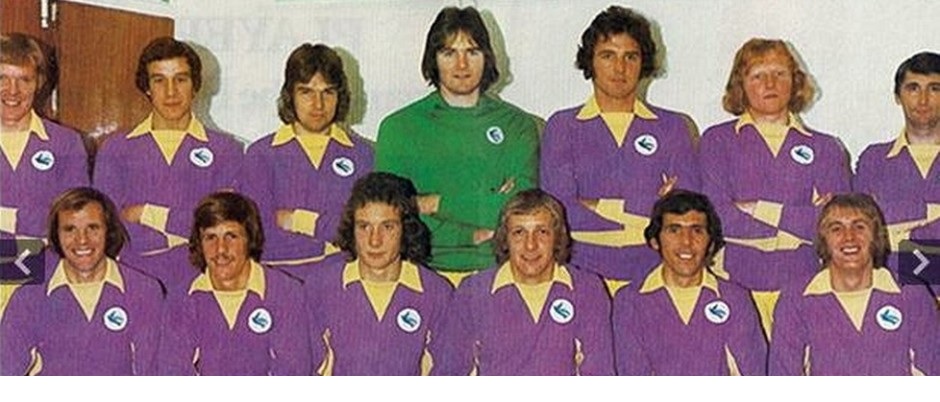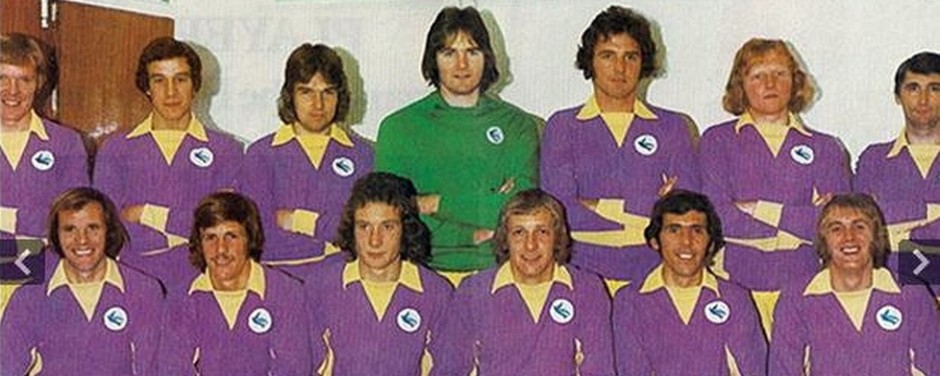
Some people hate the xg stat we get after games these days with a passion and I sympathise to the degree that it’s importance can be overplayed, but, essentially, I see it as a pretty accurate measurement of the “flow” of any game which can give anyone who didn’t watch it a pretty accurate reflection of how it panned out.
The question of what would the under 21 team’s xg be for the season struck me while I was watching them beat QPR 2-1 at Leckwith on Monday afternoon to move to the top of their league with at least one game in hand on most of their rivals. Despite this heathy position, City are the lowest scorer in the top eight of the table and Monday offered proof as to why this is as, while QPR weren’t thrashed by any means, City didn’t really cash in on their superiority in a game where a final score of something like 3-1 would have been more appropriate. In fact, it was another match which confirmed the impression that, if there were xg stats at this level, we’d be a team that’s actual scoring for the season would be quite a bit less than what their xg would say it should be.
Don’t get me wrong, I like watching the under 21s this season, they play, good, successful, football and to be conceding less than a goal a game at this level, like they are, is excellent, but with the first team struggling in front of goal, you do wonder if the sort of infusion I’d like to see of under 21 talent into the first team would have the desired effect in terms of sticking the ball into the back of the net.
The good news on Monday was that Cian Ashford, who has had a plateauing out type of season so far, gave a reminder of his capabilities by scoring both of the goals against QPR. Granted, the first of them was the penalty which had us 1-0 up at half time, but his goal around the hour mark to double the lead was a beauty as he ran from. halfway and then drilled a shot beyond the keeper from twenty yards.
Hopefully, this will be enough to earn Ashford a place on the bench at least when we entertain Championship leaders Sheffield United on Saturday. I know one of the Championship cliches is that any one can beat any one an any given day, but, based on our performances in our last two games at Cardiff City Stadium and the Blades’ ability to keep on churning out wins with unspectacular scorelines in games where they don’t concede, I think this one definitely falls into the “free hit” category.
Moving on, here’s the latest quiz, the answers will be posted on here on Sunday.
60s. This Yorkshire born midfielder was part of what might not have been a unique transfer, but it was certainly a very, very unusual one when he left Sheffield United towards the end of this decade. He only played for two clubs, both of which have white as a secondary colour on their shirts although it may have been that he wore a completely different type of kit for the very early period of his time with his second club. A skilful performer, he played quite a bit of First Division football with Sheffield United, but a perceived lack of pace and power held him back and ensured he never really cemented a regular place for himself. Despite being with his second club only around half of the time he was at Bramall Lane, he ended up playing more games for them as his career league appearances figure edged just over the three hundred mark by the time he retired, can you name him?
70s. This winger wore stripes all through his career until he dropped into the Third Division with his fourth and final club. He enjoyed most success at his first club as he became their first ever substitute in a league game on his debut and went on the score in one of Wembley’s more memorable club games of the decade. Hardly surprisingly, his career suffered a setback when he was involved in a car accident in which his fiancee died and he struggled to get what had been a regular place in the starting line up back. He moved from one set of birds to another one next for a couple of years where, again, he was on the edge of things and it was more of the same at Sheffield United when he signed for them early in the new decade. It was another two year stay for him at Bramall Lane, before he had three years with a less grand club from the same county that might have been getting whatever the football team equivalent of a nosebleed is by being in the third tier. Can you name the player being described?
80s. Panto fire riled midfielder into scoring famous goal in red and white stripes! (3,11)
90s. It sounds like this midfielder was free to keep bad company, join a firm and then the law as well as getting involved with royalty in later life!
00s. Which member of a winning Sheffield United team at Ninian Park during this decade scored a Football League goal this season for his club at The Exercise Stadium at the age of thirty six?
10s. By the sound of it, this snack food should sharpen up on its finishing perhaps!
20s. Paciest player in the squad?
Answers.
60s. Tony Wagstaff only wore the red and white stripes of Sheffield United and the blue and white hoops of Reading during his twelve year career (although it may be that he signed for the club which was then known as the Biscuitmen just as their time wearing all sky blue was coming to an end). Wagstaff signed for Reading in 1969 and the thing that made the transfer so unusual was that his brother Barry made the journey to Elm Park as part of the deal as well – both brothers were in the Sheffield United team beaten 4-1 by City at Ninian Park in November 1968.
70s. David Ford played for both Sheffield sides during a career which started off at Wednesday and he was the scorer of their second goal in a memorable FA Cup Final in 1966 which saw Everton come back from two down to win 3-2. In 1969, Ford signed for Newcastle and then Sheffield United in 1971 before having three seasons with Halifax Town before his retirement in 1976.
80s. Ian Porterfield, scorer of the Sunderland goal that beat Leeds in the 1973 FA Cup Final had a spell with Sheffield United around a decade later.
90s. Paul Rogers was a midfield player with Sheffield United who played for them in the Premier League’s debut season and Paul Rodgers is a vocalist who started out with Free, then went on to front Bad Company, the Firm and the Law as well as Queen in later years.
00s. John Joe O’Toole was in the Sheffield United team that won 3-0 at Ninian Park in March 2009 and he was a scorer for AFC Wimbledon this season in a victory by the same score at Harrogate.
10s. Chris Porter – crisp ought to.
20s. Jack Robinson as in “before you could say Jack Robinson”



